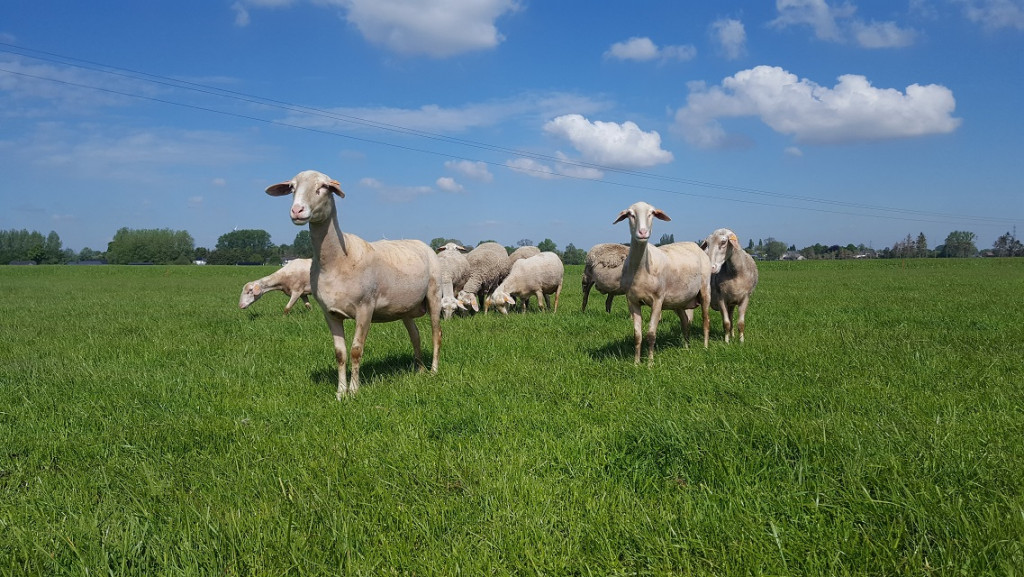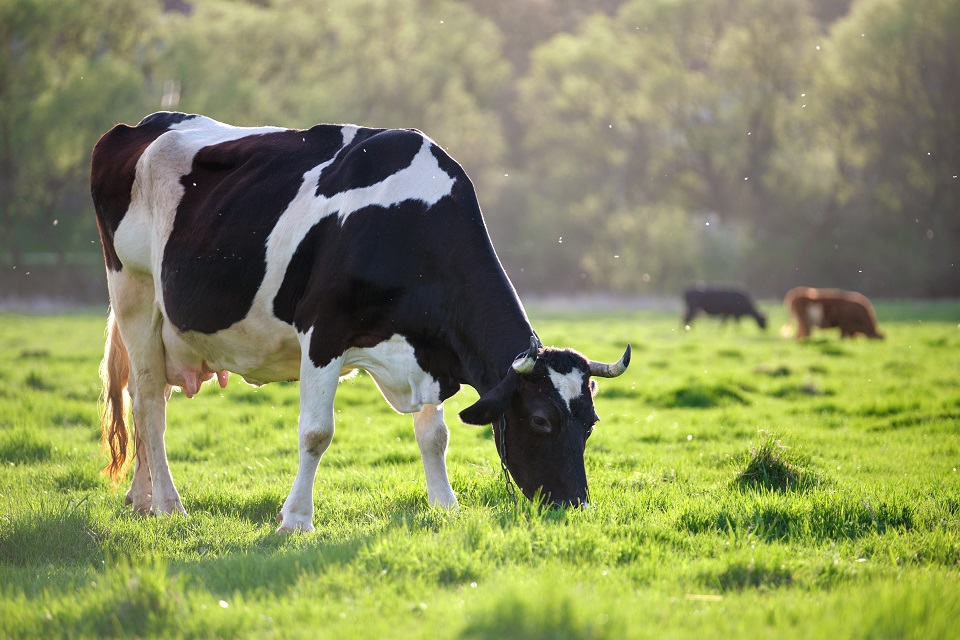A study was carried out on a dairy farm belonging to a farmer who wished to determine the impact of his feed ration practices on the quality of milk in order to communicate transparently with his customers. The study took place over a year and a half in order to determine the relationship between data on the production and quality of milk and the succession of feeding practices dictated by the seasons (grazed grass, stored feed). The sampling days were adjusted to correspond to changes in practice arising over a year of production (grazing, changes in grassland or type of fodder).
The total diet was characterised throughout the monitoring period by keeping a register to provide information on the nature of the concentrates and fodder used, their dietary contributions and dietary values determined by NIR spectroscopy analysis. The product characterisation concerned both milk and cheese. The quality of the milk was assessed by analysing the fatty acid (FA) profile, the concentration of equol (a microbial metabolite with health benefits), and the vitamin E and B12 content. In addition to this, the cheese resulting from a "lactic curd" type production (fromage frais) was sampled in order to ensure that the FA profile of the milk was not affected by the cheesemaking process. Finally, data were also collected on the production of milk, protein and fat content in the milk and the yield of cheese.
The FA profile of milk is generally better when the animals are grazing (summer period), with a significant increase in conjugated linoleic acid content (CLA), a lower saturated fatty acid content, and a tendency to be enriched in vitamin E. Milk produced when the animals are fed hay (winter period) also shows an interesting FA profile, with a notable improvement in linoleic and α-linolenic acid content. As for the equol content in the milk, observations show a very marked increase when red clover is included in the fodder consumed, this increase being even more pronounced when grazing.
Thus, the quality of the diversified fodder fed to ewes, combining grasses and leguminous plants, is reflected in the fine composition of the milk, which is preserved during the cheesemaking process. This information is extremely important because it guarantees consistent quality for consumers from the milk to the finished product.
Funding: The study was conducted under the auspices of a Reference and Experimentation Centre funded by the SPW, DGO3.






